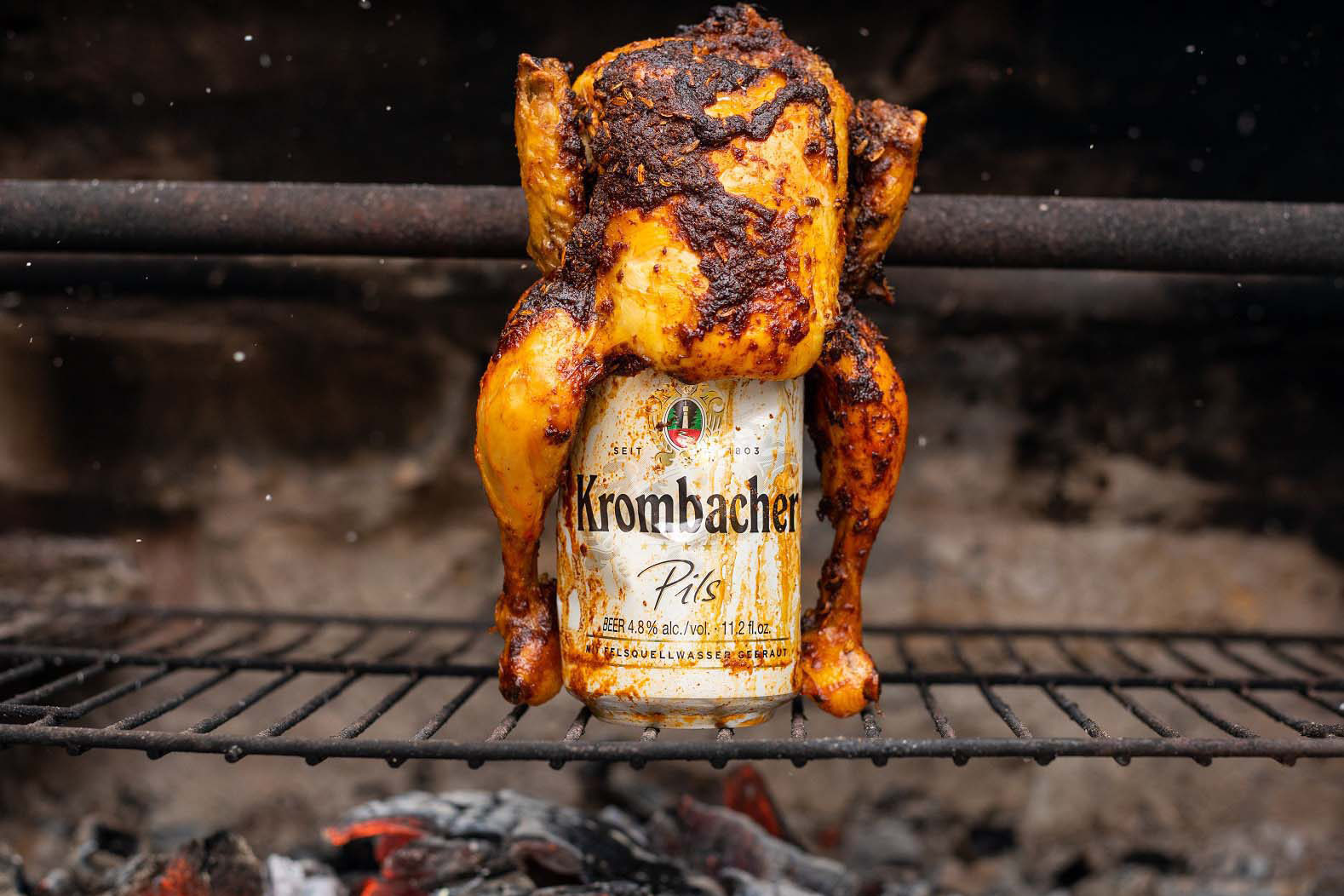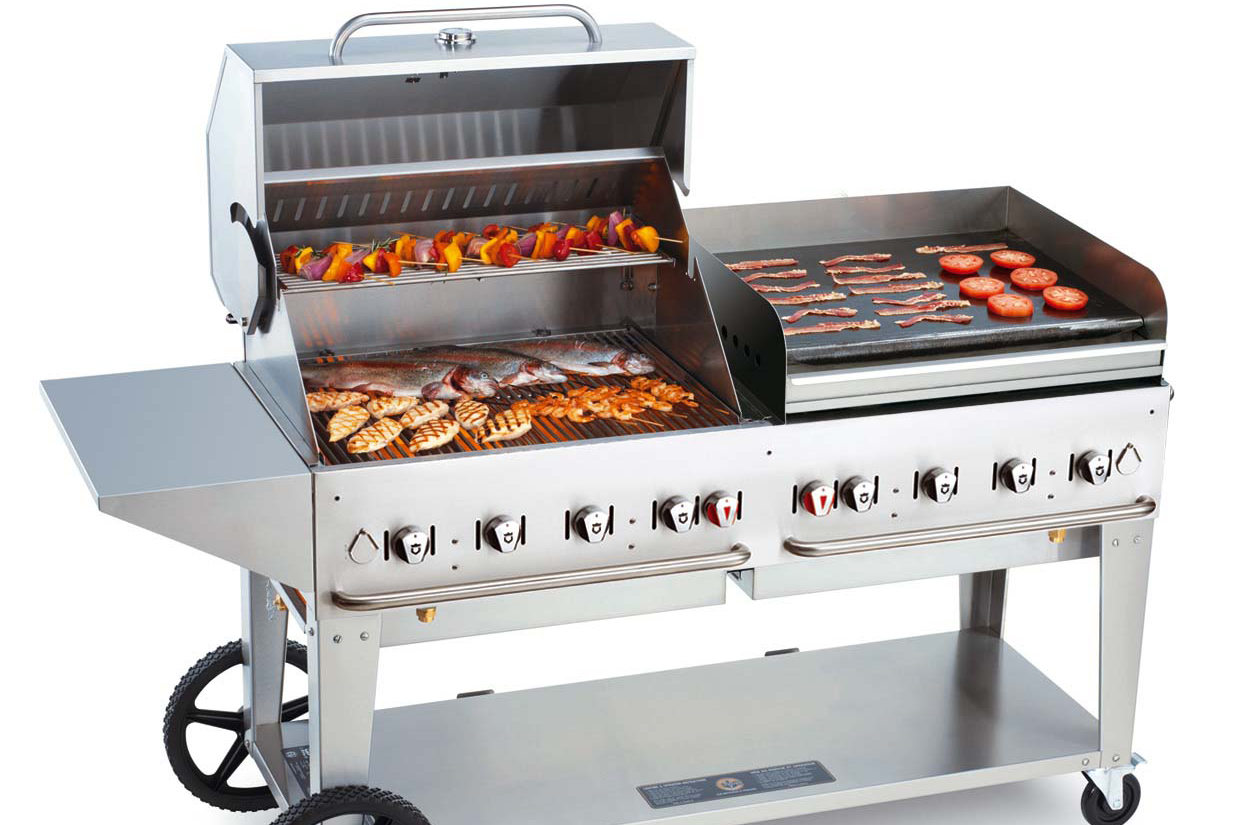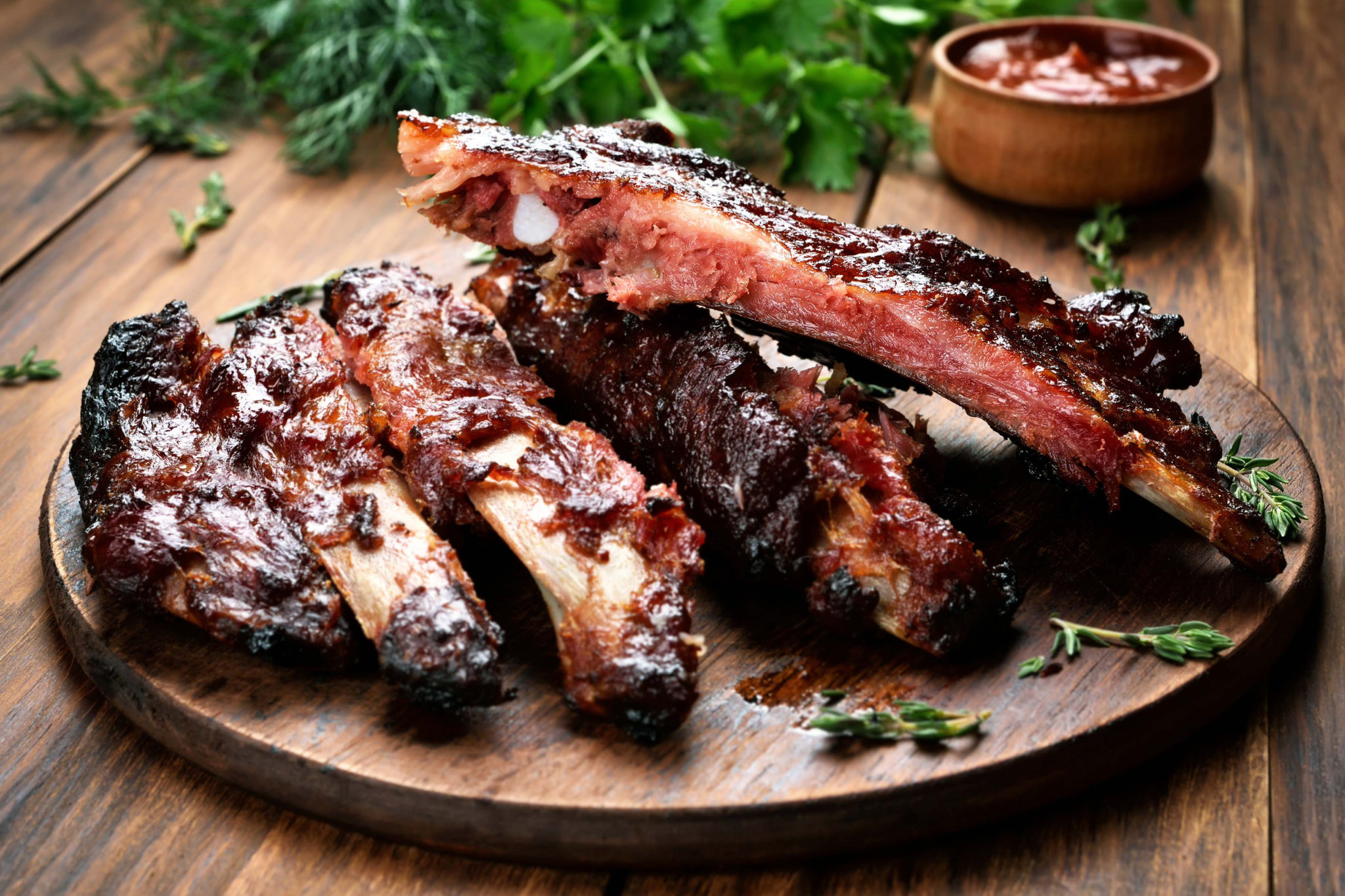Feature: BBQ & street food

FLEXIBILITY is the key to a solid barbecue or street food offer – and that’s as applicable to the equipment as it is to the cuisine.
Equipment suppliers told SLTN that if bar and pub operators are going to introduce a range of barbecue or street food items to their menus this summer they’ll need kit that is able to adapt to various different cuisines and styles of food.
And that’s particularly the case for operators looking to introduce a strong vegetarian or vegan offer, said Duncan Vipas, head of sales at RH Hall.
“The recent trend for vegetarian and vegan foods can be a challenge for operators offering a barbecue menu, but with a versatile barbecue system chefs can create specific cooking surfaces to prevent cross contamination with meat items,” said Vipas.
“This potentially allows chefs to offer a more creative vegetarian or vegan menu.
“Look for a barbecue with separate cooking zones to accommodate this – and also independent controls for the different heat settings these products may require.”
And it’s essential anyone looking to purchase a barbecue focuses on commercial models rather than opting for domestic units, said Vipas. “First and foremost, caterers should ensure that they are purchasing truly commercial equipment,” he said.

Look for portability as many barbecues have poorly constructed wheels.
“Many domestic barbecues look the part, but will not last or be able to recover quickly during a busy service.
“Look for a barbecue that uses commercial grade stainless steel (be wary that many domestic models use stainless steel but are of light duty construction) and also check out the cooking grids – stainless steel work much better than coated ones that invariably chip and flake off in time.
“Consider heat up times – this can be as little as six minutes. Look for good portability as many barbecues have poorly constructed wheels. Importantly, ensure the product comes with a full commercial warranty.
“Remember that you would not buy a domestic cooker for your commercial kitchen so apply the same thought process for your outdoor barbecue.”
Investment doesn’t need to break the bank, however, with Karen Swift of Cinders Barbecues adding that equipment can be ‘minimal’.
“Equipment can be minimal but must be commercial and include a covered barbecue area outdoors if possible and a powerful wok burner,” said Swift.
“Presentation cooking is great but must be eased by good prep areas indoors and prime cooking limited to simple items for when demand is high, and skills are in short supply.
“Remember that your barbecue equipment isn’t redundant on street food nights. The flexibility of an open grill with a flat griddle accessory is all that is needed to turn out any number of culturally diverse dishes.”

Operators should think about a complete outdoor kitchen setup if space allows.
For those operators that have the square footage, Vipas at RH Hall suggested creating an entire stand-alone barbecue or street food space, self contained, and with its own food offer.
“When considering a barbecue area, operators should also think about a complete outdoor kitchen set up, if space allows,” he said.
“This can include refrigeration and bottle coolers, prep space and suitable hand wash facilities, potentially creating a completely independent outdoor menu offering.”
That may be a bit ambitious for some venues, however, and for those with more modest budgets Swift at Cinders said the decor and ambience of a barbecue/street food area requires thought, but not necessarily a huge investment.
“Setting up a BBQ or street food offer doesn’t mean throwing everything out and creating something between a barbecue shack and a ruin bar, but by going beyond normal casual dining with colour, style references and flexible seating,” said Swift.
“Bench tables are good, with louder music on barbecue nights and quieter oriental music on street food nights. Be prepared though to lose some control over who sits where and the loud crowd in the corner.”
Remember the humble burger; it is flexible enough to straddle BBQ and street food.
And in terms of the cuisine itself, the definition of ‘street food’ is very much open to interpretation, said Swift. If you’re not sure what it means, don’t worry – no one else knows either.
“Like barbecue, it is more of a concept,” she said. “Very few of us have ever been to Hong Kong and sat on pavement stools under the festooning lights of a so-called ruin bar and our only experience of street food will be in a disposable tray handed to us from a catering van window,” she said.
“Its main value as an attraction seems to be in the use of the word and styling a menu to include multiple small portions or sharing platters of sometimes exotic fare.
“Street food doesn’t have to always mean Asian. Introduce African or South American-influenced menu items or go the whole hog and have a night when a particular country or culture is represented.”
And when in doubt, don’t forget the classics, said Swift.
“Remember the humble burger,” she said. “The burger is flexible enough to straddle both barbecue and street food themes – and vegetarians – but make a real effort not to become a burger joint!”



















